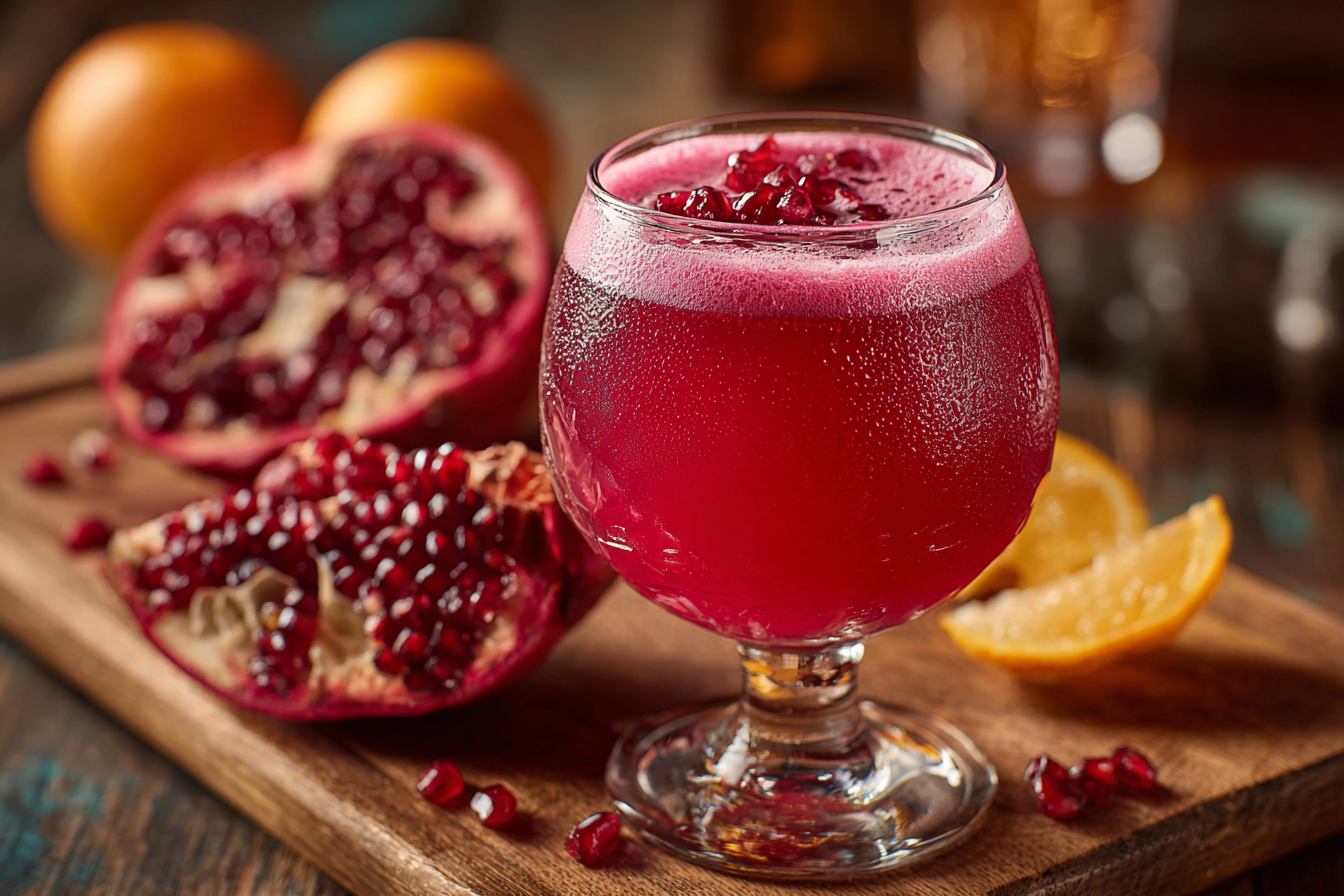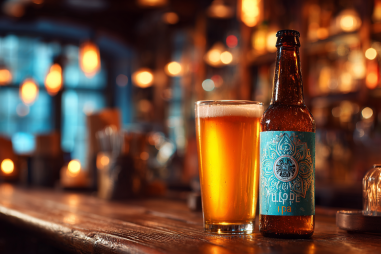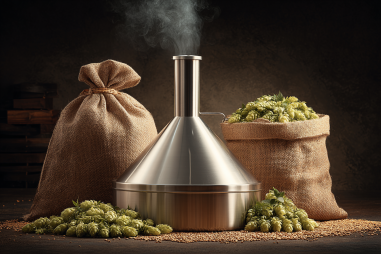The world of sour beers is as exciting as it is diverse, offering a range of flavors that challenge and delight the palate. Among these, the Catharina Sour stands out as a vibrant and distinctly Brazilian contribution to the sour beer scene. Known for its refreshing tartness intertwined with complex fruit and yeast characteristics, the Catharina Sour delivers an experience that is both playful and sophisticated. Whether you’re a seasoned sour beer enthusiast or a curious newcomer, exploring the flavor profile of this style reveals why it has gained a devoted following worldwide.
Understanding the Catharina Sour Style
The Catharina Sour is a relatively recent addition to the craft beer world, originating from the southern region of Brazil’s Santa Catarina state—hence its name. This style has blossomed through local homebrewers and craft breweries eager to create a uniquely Brazilian twist on traditional sour beer styles. It typically combines elements of Berliner Weisse and American Wild Ale, but with a distinctive tropical character thanks to its common use of local fruits and a carefully managed fermentation process.
One of the defining aspects of the Catharina Sour is its balance between tart acidity and vibrant fruit flavors. Unlike some intense lambics or barrel-aged sours that lean heavily into funk and oakiness, Catharina Sour often emphasizes bright, approachable sourness complemented by fresh fruit notes. This makes it exceptionally refreshing and suitable for warm climates, aligning well with Brazilian culinary culture.
Main Flavor Components: Sourness, Fruitiness, and Funk
At the core of the Catharina Sour flavor profile is its crisp sourness. The tartness typically ranges from moderately sharp to pleasantly puckering, creating an invigorating sensation that awakens the taste buds. This sour character originates primarily from lactic acid produced during fermentation, giving it a clean and lively acidity rather than a harsh or vinegar-like bite.
Fruitiness is another hallmark of the Catharina Sour. Brewers infuse the beer with a variety of tropical fruits—mango, passion fruit, acerola cherry, and guava are common choices—which contribute juicy, bright, and often sweet notes to contrast the sour base. These fruit elements not only enhance flavor complexity but also introduce natural aromatic qualities that elevate the sensory experience.
Funkiness, derived from certain wild yeast strains and bacteria, is present but typically well restrained in the Catharina Sour. This subtle funk adds depth and complexity without overpowering the fresh fruit and sour elements, contributing to a balanced, layered profile that invites multiple sips.
The Role of Lactobacillus and Yeast
Lactobacillus bacteria play a crucial role in developing the signature sourness of Catharina Sour beers. These bacteria produce lactic acid during fermentation, which imparts the clean and crisp acidity central to the style. Unlike harsher souring agents, Lactobacillus yields a smooth, pleasant tartness that blends seamlessly with the other flavors.
In addition to Lactobacillus, fermentation is often carried out using specific wild yeast strains or a combination of traditional ale yeast and wild yeast. These yeast varieties contribute fruity esters and subtle phenolic notes, enriching the beer’s complexity. The interplay between yeast and bacteria is carefully managed to maintain balance, ensuring the acidity and funk complement the fruit-forward character rather than overshadow it.
Typical Aroma and Mouthfeel
The aroma of a Catharina Sour is an enticing blend of fresh fruit and mild funk, often featuring prominent notes of tropical fruits like passion fruit, mango, and guava. You may also detect hints of citrus zest, adding a bright and zesty nuance. The yeast’s influence can bring a faint earthiness or spicy character, but it remains delicate, allowing the fruity aromas to shine.
On the palate, Catharina Sour beers usually exhibit a light to medium body with moderate carbonation, giving them a sparkling and refreshing mouthfeel. The acidity activates the tongue without overwhelming it, and the beer generally finishes clean with a lingering fruity tartness. This crispness makes Catharina Sour an excellent choice for those seeking a lively and invigorating sour beer that isn’t too heavy or complex.
Influence of Fruit Additions on Taste
Fruit additions are fundamental to the Catharina Sour style, and they profoundly influence both flavor and appearance. The choice of fruit, its form (fresh, puree, or juice), and the timing of addition during fermentation all impact the final beer.
For example, adding passion fruit imparts a distinct tropical tang with floral and citrus notes, while mango contributes a sweeter, stone-fruit aroma and flavor. Acerola cherry brings vibrant acidity and bright red hues, giving the beer a striking visual appeal. These fruits not only amplify the sourness through their natural acids but also add layers of sweetness, bitterness, or tartness that play off the base beer characteristics.
The fruit’s intensity varies depending on the brewing technique, but each addition enhances the dynamic and refreshing profile that defines Catharina Sour, making each brew uniquely expressive.
Food Pairings to Complement the Flavor
Catharina Sour’s bright acidity and fruity complexity make it remarkably versatile for food pairings, especially with dishes that complement or contrast its tangy profile. Here are some excellent choices:
- Spicy dishes: Think Brazilian-style grilled meats with chili or spicy Asian cuisine. The sourness helps to cool the palate and balance heat.
- Cheeses: Fresh cheeses like mozzarella, goat cheese, or ricotta work well, as their mild creaminess contrasts nicely with the beer’s tartness.
- Seafood: Light and fresh seafood dishes, such as ceviche or grilled shrimp, highlight the beer’s tropical fruit notes and refreshing mouthfeel.
- Salads and fruits: Salads with citrus vinaigrettes or tropical fruit salads accentuate the beer’s fruity acidity.
- Light desserts: Sorbets, fruit tarts, or panna cotta with berry coulis complement the fruity and tart elements without overpowering them.
Identifying Authentic Catharina Sour Flavors
When tasting a Catharina Sour, authentic examples exhibit a distinct and harmonious blend of sourness and tropical fruit character balanced by subtle yeast complexity. Here’s how to identify the hallmark features:
- Bright, clean sourness: The acidity should be lively but not harsh or vinegary, often described as pleasantly puckering.
- Pronounced tropical fruit aromas and flavors: Notes of passion fruit, mango, and sometimes cherry or guava should be evident.
- Moderate funkiness: A subtle earthy or slightly funky yeast character adds depth but remains in the background.
- Refreshing mouthfeel: Light to medium body with moderate carbonation lends a sparkling quality.
- Balanced profile: The fruit, sourness, and yeast elements should meld smoothly, without any single component dominating.
Beers that lack the tropical fruit character or are dominated by heavy sourness or excessive funk may not represent the style accurately. Authentic Catharina Sours deliver a joyous, balanced, and bright flavor experience.
Appreciating the Catharina Sour Experience
Diving into the flavor profile of Catharina Sour beers opens a window into a beer style that celebrates freshness, balance, and regional expression. This style’s unique combination of tart lactic acid sourness, vibrant tropical fruit, and subtle wild yeast funk creates a refreshing and enjoyable experience, ideal for casual sipping or pairing with lively dishes.
Whether you are discovering Catharina Sour for the first time or deepening your appreciation, understanding its main flavor components and brewing traditions enhances the enjoyment of every pour. Embracing this style means savoring a little taste of Brazil’s innovative craft beer culture—one filled with passion, creativity, and an unmistakable vibrant character.







